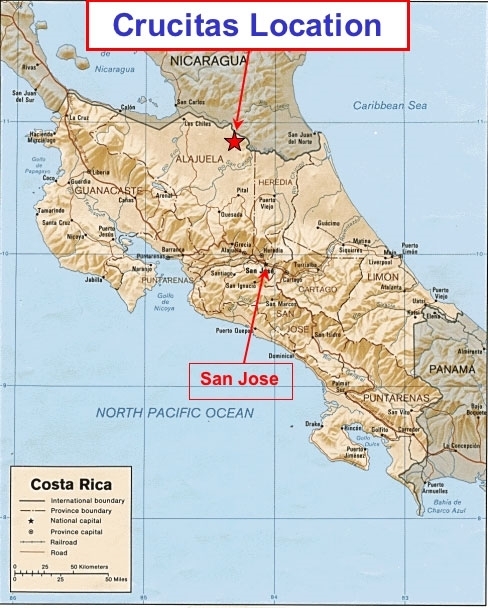The following testimony was given in interview by:
[1] A number of residents of Agel, a small village very close to the Marlin Mine in the municipality of San Miguel Ixtahuacán, department of San Marcos, Guatemala, 24 July 2009 – identities protected;
[2] Several residents of a number of other villages attending a meeting in The People’s House, San Miguel Ixtahuacán, 24 July 2009 – identities protected;
[3] Gregoria Crisanta Pérez, a single mother also from Agel who is the subject of an arrest order along with seven other local women, interviewed by James Rodríguez, 22 May 2009 – published in NACLA Report, vol.42, no.5, Sept/Oct 2009, pp.16-17.
[Sources identified as 1, 2 or 3, as above.]
On land purchase
[3] Montana is buying more land, extending its territory. … If these people [from the mining company] continue buying up our lands, where are we to go? As indigenous peoples, we live here. … We ask the government to please listen to our demands, because we are the legitimate owners of those territories. We are indigenous people, we were born there, and we should die there.
On water sources
[1] There are problems with the drying of the wells. There are eight wells that have dried up.
[2] They had installed the machinery close to the well, around 4 metres from the well. The water that they were using to wash the gold that they were extracting, they were dumping it near the well. There were two children who went to take water from the well … the workers told them, and the operator of the machine said, “you mustn’t carry water from this place because it’s contaminated.” … From where are the people going to drink water?
[2] One woman chatted to us; she has young sons who were bathing in that river, and now they are covered in spots, their hair is falling out.
On health problems
[2] … animals have died, cattle. I had a friend who lived here on this side; about two months ago he died. He worked for the company. They say that he was taken to the doctor [of the mining company] and the doctor told him ‘you don’t have anything wrong with you, you are fine’. So he turned to another private doctor, and they told him that he had a damaged liver and had only a few days left to live, that there was no cure, nothing. And he gave a testimony … where he spoke about how he had been contaminated by the mine; and he died.
[1] Also the problem with the skin – the people that live near the tailing pond, there we have seen children that have red swellings on the skin.
[2] … the presence of heavy metals in the blood is strong. If it is not treated in time, the person can die, because the heavy metals accumulate in the blood.
[2] Two years ago my nephew died at the age of 18. It just started with a cough, and he died. Four months ago my cousin died; he also worked there in the tailing pond. He vomited blood. His mother told me, ‘tell your husband not to carry on working there, because he’s going to die; you’re going to lose him’.
[3] … many people suffer from skin diseases, particularly welts, and some of the people who have worked for the company have died mysteriously.
On the state of their houses
[2] And all the houses, like 120 houses, are cracked. There’s one house, my daughter’s, which is totally cracked. It’s only three years old. When the explosions start, you feel the movement of the earth.
[3] Dozens of homes have large fissures along the walls due to the explosions from the mine.
On divisions within the communities
[3] Montana is a very big company and has paid off many community leaders, as well as local auxiliary mayors. Also, there are the few who work for the company; obviously they and their families support the company. Lately, Montana has also been paying off some key neighbours in order to divide us. In my community of Agel, I know for a fact that the company has paid them 35,000 quetzals [about $4,300] in exchange for supporting the company’s operations.
[2] We are few, not many, because in the community of Agel, nearly everyone is working for the company. We are divided. … But we are not here for the work. We are here to defend our life, our health, and the health of our children and our grandchildren.
[1] The people who work for the company say nothing because the company would then fire them. … they say that the company is going well, but this makes us very concerned.
[2] Here in San Miguel Ixtahuacán, that monster [the company] has been buying up good will; it’s been keeping the leaders of some communities quiet.
[2] More than ten communities have already carried out their consultation and gave a very round ‘No’ to mining.
